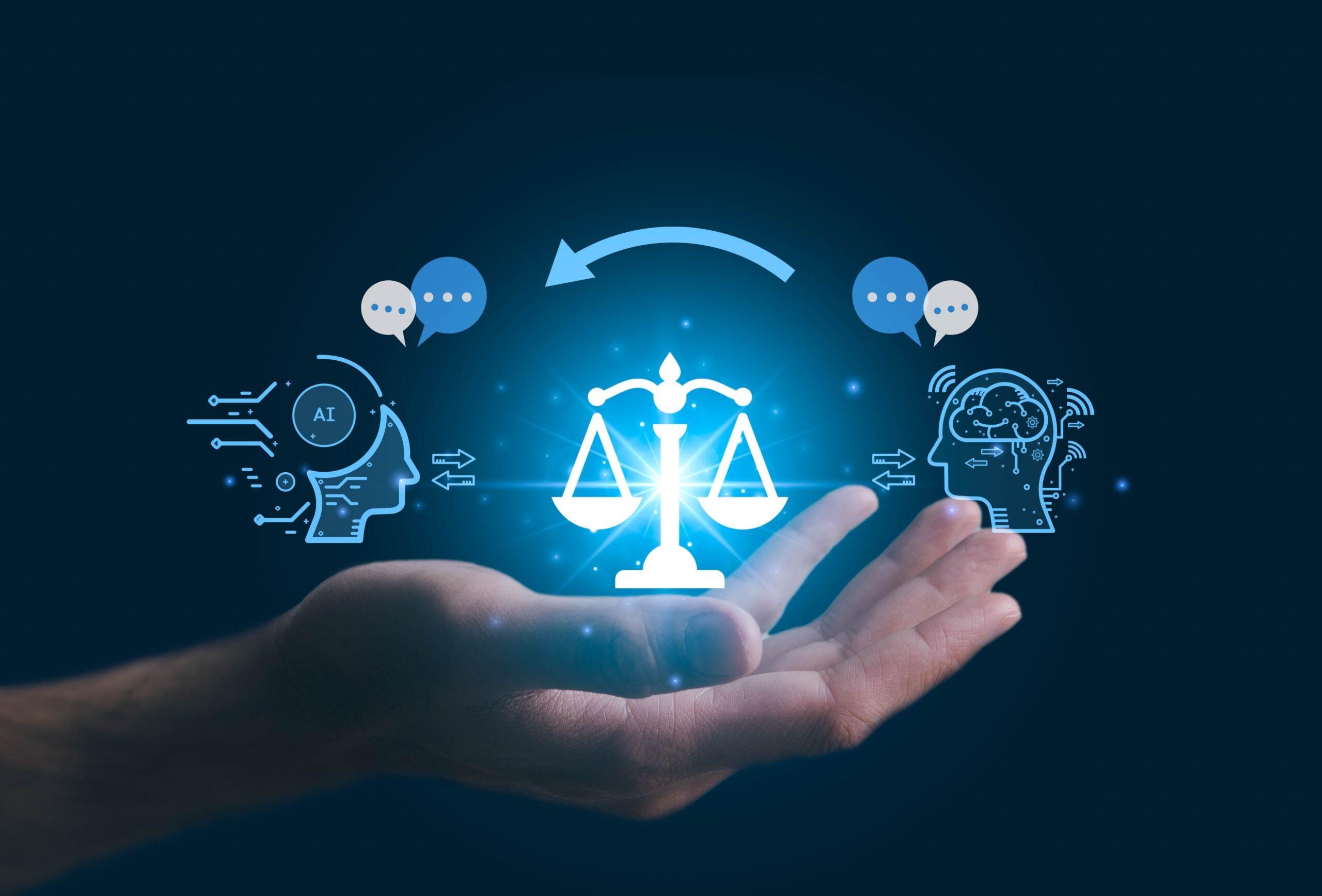Navigating the Modern Regulatory Landscape: Compliance, Privacy, and Ethical AI
In today’s rapidly evolving digital landscape, the integration of Artificial Intelligence (AI) into business operations has become a norm rather than an exception. However, this integration comes wiht its own set of challenges, especially in navigating the complex web of regulatory compliance, privacy concerns, and ethical considerations. This article aims to demystify the modern regulatory landscape surrounding AI,offering valuable insights into compliance,privacy,and ethical AI use for executives,legal teams,and compliance officers.
Introduction
The advent of AI technologies has ushered in a new era of innovation and efficiency across various sectors. However, as these technologies become more ingrained in our daily operations, the need for robust regulatory frameworks to ensure their responsible use has never been more critical. From the Fair Credit Reporting Act to emerging privacy laws and ethical AI guidelines, businesses must stay abreast of the latest developments to not only comply with legal standards but also to foster trust and openness with their stakeholders.
The Regulatory Framework for AI
Understanding the Basics
At the heart of AI regulatory compliance is a diverse array of laws and regulations designed to address the multifaceted implications of AI technologies. These range from data protection and privacy laws, such as the General Data Protection Regulation (GDPR) in the European Union, to sector-specific regulations like the Health Insurance Portability and Accountability Act (HIPAA) in healthcare.
key Regulatory Bodies and Frameworks
- European Union (EU): GDPR sets the benchmark for data protection, impacting any business dealing with EU citizens’ data.
- United States (US): While there’s no federal law specifically for AI, various state laws, such as the California Consumer Privacy Act (CCPA), and sector-specific regulations like HIPAA, guide AI use.
- Global: Other regions, including Asia and Latin America, are developing their own frameworks, emphasizing the global nature of AI regulation.
Compliance, Privacy, and Ethical Considerations
Compliance Strategies
Achieving compliance in this dynamic regulatory environment requires a proactive approach. Regular audits, risk assessments, and adherence to best practices in data management are essential steps. Furthermore, transparency in AI operations and decision-making processes can mitigate compliance risks and enhance consumer trust.
Privacy in the Age of AI
Privacy concerns are at the forefront of AI regulation.Ensuring data is collected, stored, and used in compliance with privacy laws is paramount. this includes obtaining explicit consent for data collection, ensuring data anonymization where possible, and implementing robust security measures to protect personal information.
ethical AI Use
Beyond legal compliance, ethical considerations in AI use cannot be overstated. This involves developing AI systems that are fair,transparent,and accountable.Organizations should strive to eliminate biases in AI algorithms,ensure transparency in AI decision-making processes,and maintain human oversight in AI operations.
Practical Tips for Navigating the Regulatory Landscape
- Stay Informed: Regularly update your knowledge of relevant laws and regulations.
- Implement Robust Data Management Practices: Ensure data privacy and security measures exceed regulatory requirements.
- Foster Transparency: Be open about your AI systems’ workings, decisions, and impacts.
- Engage with Stakeholders: Include customers, employees, and regulators in discussions about AI use and its implications.
- Adopt Ethical AI Frameworks: Utilize guidelines from reputable organizations to guide ethical AI growth and use.
Conclusion
Navigating the modern regulatory landscape of AI requires a comprehensive understanding of the legal, privacy, and ethical dimensions of AI use.By staying informed, adopting best practices in compliance and data management, and prioritizing ethical considerations, businesses can leverage AI technologies responsibly and effectively. As the regulatory environment continues to evolve, so too must our approaches to AI governance, ensuring that innovation and compliance go hand in hand.
For executives, legal teams, and compliance officers, the journey through AI regulatory compliance is ongoing. Embracing this challenge with a proactive and informed strategy will not only ensure legal compliance but also build a foundation of trust and integrity in the digital age.
This comprehensive guide serves as a starting point for businesses and legal professionals seeking to navigate the complexities of AI regulation. by understanding and implementing the strategies outlined above, organizations can ensure they remain on the right side of the law while harnessing the full potential of AI technologies.
